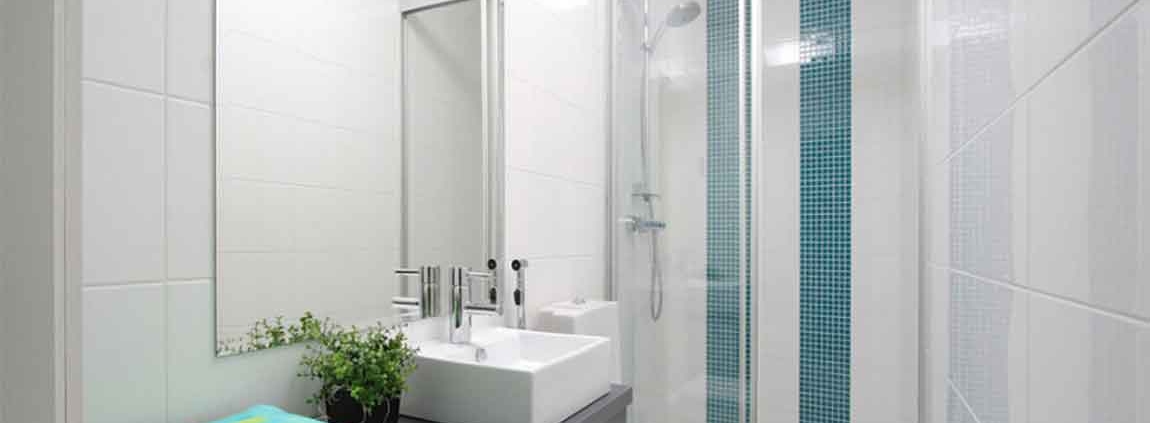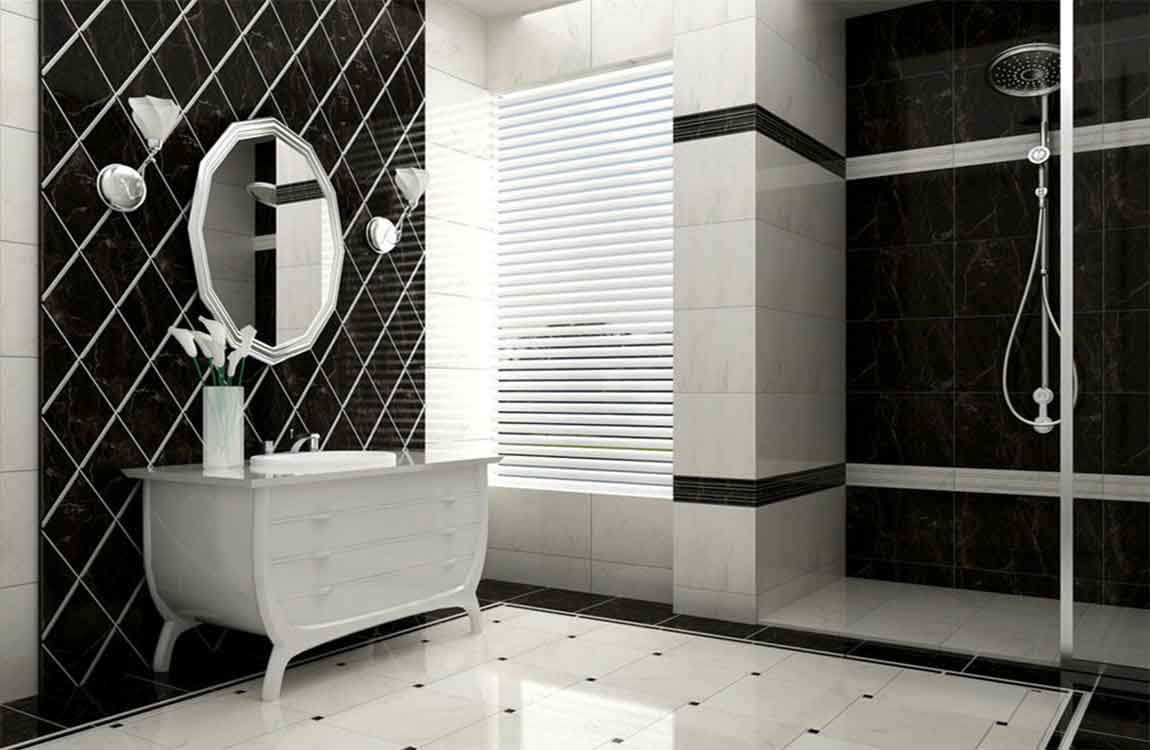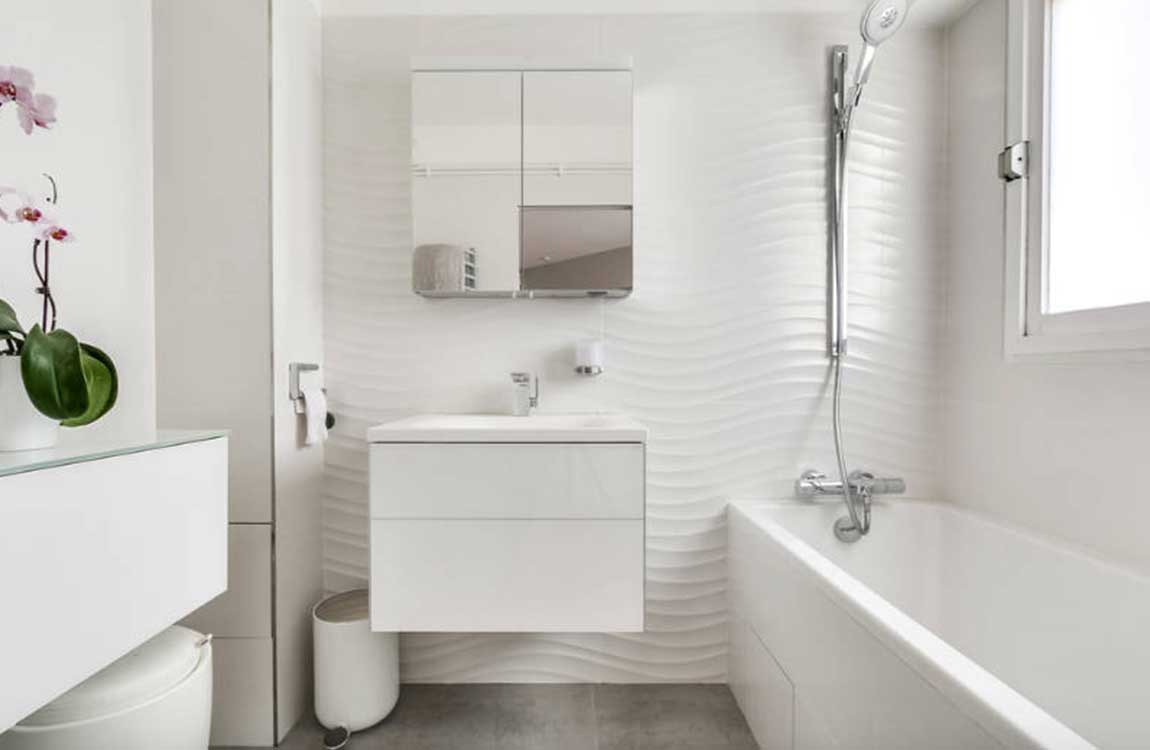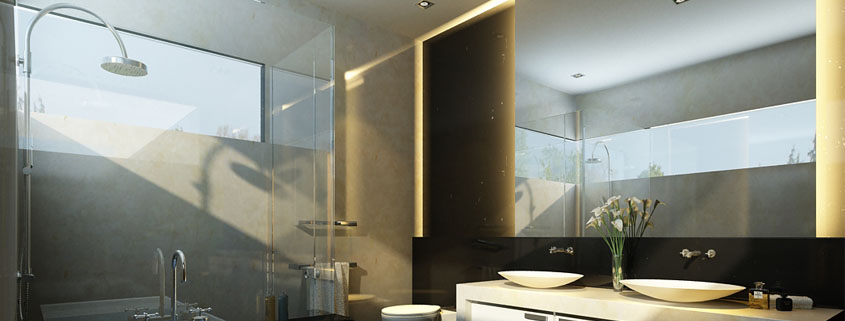How Filling Gaps and Sanding the Tub?

Prepare the epoxy putty before applying it to any cracks. Wear rubber gloves to protect your skin, and read the manufacturer’s instructions before you begin. Open up the putty and tear or cut off a small section of the putty. Work the putty between your fingers until it is pliable, kind of like how you would massage a piece of play dough to work it into a new shape. If you can’t find epoxy putty, buy a similar kind of tub-repair paste from your local hardware store.

Fill any cracks or chips in your tub with the epoxy putty. Use your fingers to push putty into any chipped areas. Depending on how large the crack is, tear your putty pieces so the size is about right to just overfill the area. Make sure to push down on the putty firmly so that it makes its way into all the crevices. At this stage, it’s okay if the putty isn’t flat with the rest of the tub’s surface.

Use a putty knife to smooth over each of the patched areas. Take your putty knife and position the blade so it’s flat against the surface of the tub. Gently scrape it over the filled sections to remove any excess putty. Wipe off the blade from time to time with a damp paper towel. If your working on a curved area, you may need to adjust your knife’s position a few times to get the entire area smooth.

Sand the entire bathtub to work down the gloss and prepare it for paint. Use wet/dry sandpaper, and sand it with 400 grit sandpaper first, and then do it again with 600 grit sandpaper. Attach your sandpaper to a sanding block, and use a spray bottle to wet down the tub as you work. The wet-sanding will eliminate a lot of dust, but it’s a good idea to keep wearing your respirator, especially if you’re working in a small space.

Rinse out the tub and dry it completely before painting it. After the tub has been sanded, rinse out the interior and wipe down the exterior sides to remove any sandpaper and grit remnants. Use clean towels to dry it off thoroughly. The tub needs to be 100% dry before you start painting it, so use as many towels as you need to.






























